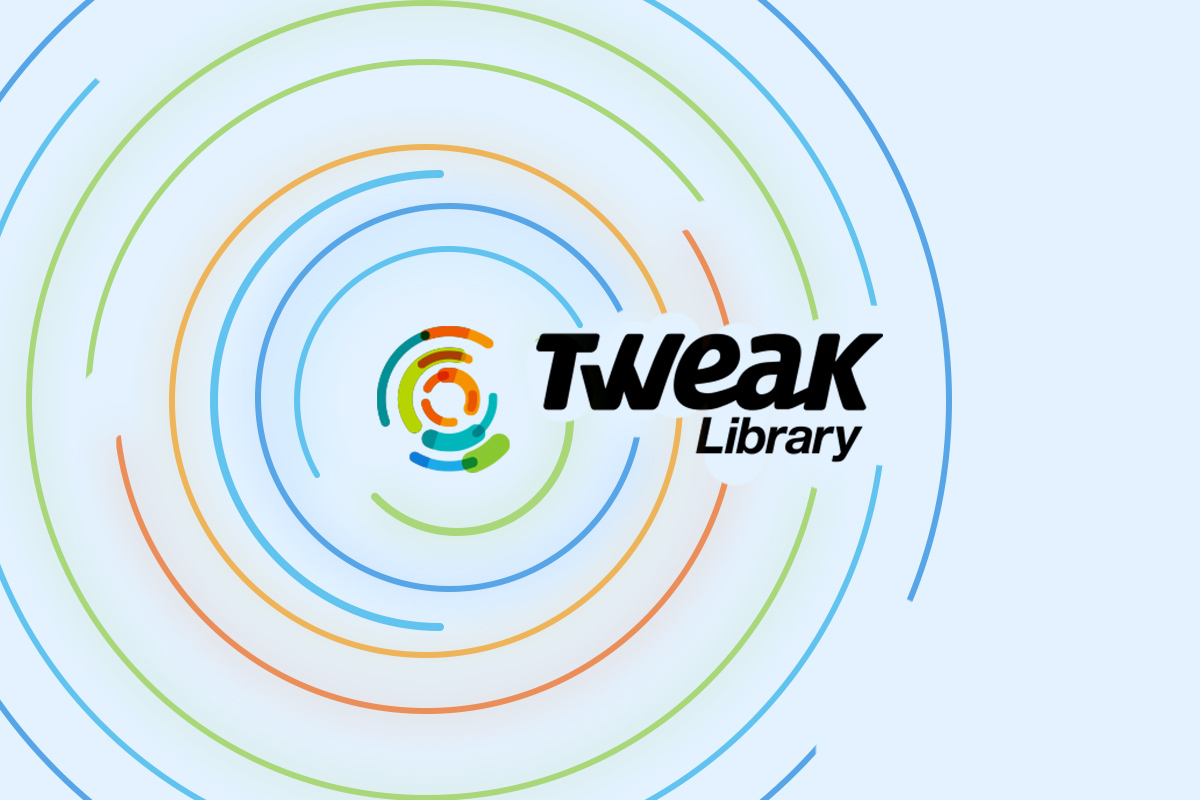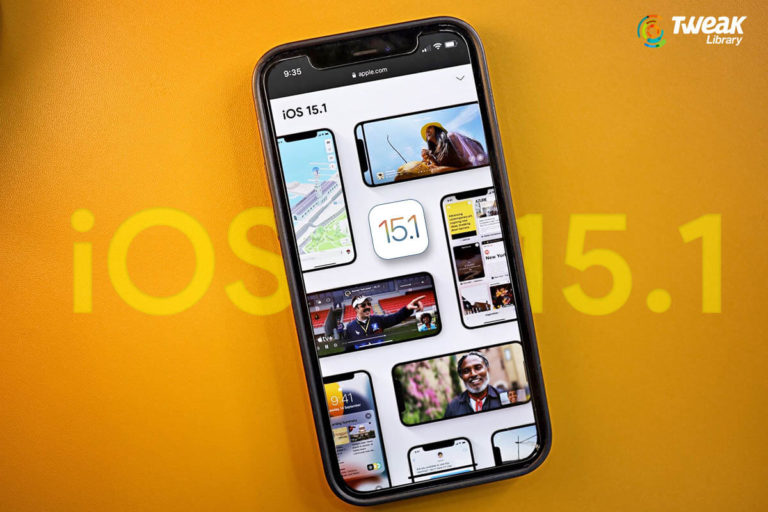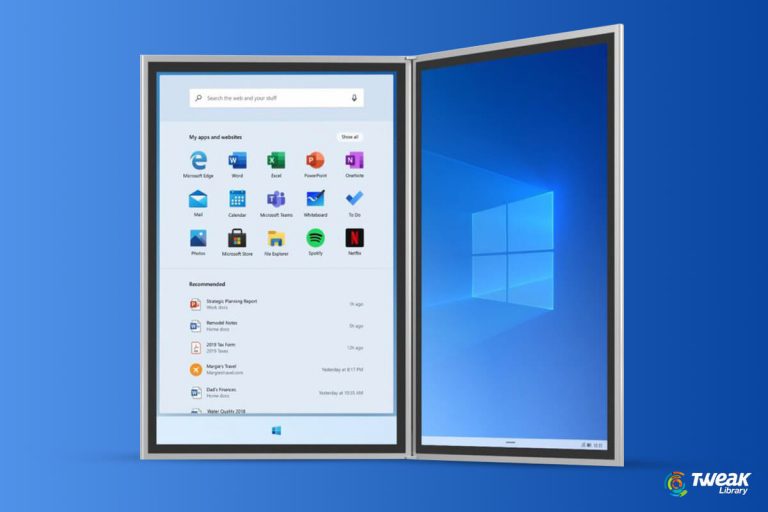The importance of big data has been increasing by day. Deeply thought out query and good analysis are required to interpret the data. The data consists of different entities, their relationships and query relationships. These relationships are shown in the form of a graph and that is why, hence the name ‘graph database’.
A graph database is a collection of nodes and edges. Each node represents an entity. It may be a person, place, thing, category or a piece of data. Each relationship represents how the two nodes are related. This kind of structure permits you to model all kinds of scenarios.
Graph databases help companies to manage larger volumes of data and launch complex, but multi-layered queries which can be answered quickly and accurately. They provide valuable information. The companies need a database technology that stores relationship information as a first-class entity. That technology is a graph database. This concept is being implemented across industries such as healthcare, social media and e-commerce.
Working:
Suppose a smartphone maker wants to launch a smartphone with advanced security features. He has its target purchasers in mind – they all are Sr. Executives. He also has the database that collects and stores data on the Sr. Executive profiles from multiple data sources. Now, his team of product managers create a graph data structure based on the data and come to the following decision:
- Sanju is a Marketing manager in an organization, ABXN, who uses messenger due to his official requirements. His connections also use the messenger because of their work profile. So, good messenger apps in a smartphone may be important.
- Sanju’s colleague Sara is in the IT dept., and she is looking for anti-malware. It is a security product used in both computers as well as smartphone.
- Sara’s husband, Ankesh and his friend, Sandesh, are also looking for an anti-malware for their smartphone. So, the new smartphone can have a built-in security features.
- Ankesh uses a fitness app that monitors his fitness. So, it would be a good feature if the new smartphone can sync data from the fitness app and display it.
This example explains the data relationships that can be used to resolve business problems.
Industries are lapping it up:
Similarly, graph databases are being used in many industries like social media, healthcare, online dating & matching, career search, etc. to increase their business. Lufthansa, Walmart, eBay, LinkedIn and Twitter have also adopted Graph databases. Teradata has released a new type of SQL known as SQL-GR.
Conclusion:
The graph database has shown a new way of looking at big data. They store data relationships effectively but they are also flexible enough to expand a data model or when conforming to changing business needs. A graph database can go to any number of relationships between entities and present information logically. Graph databases can query and bring valuable information that can be presented in a user-friendly manner.
Hopefully, banking and finance, pharmaceuticals, defense and intelligence will also use graph databases in the future. Graph databases can give a major boost in crime investigation and identify insurance fraud.






Leave a Reply